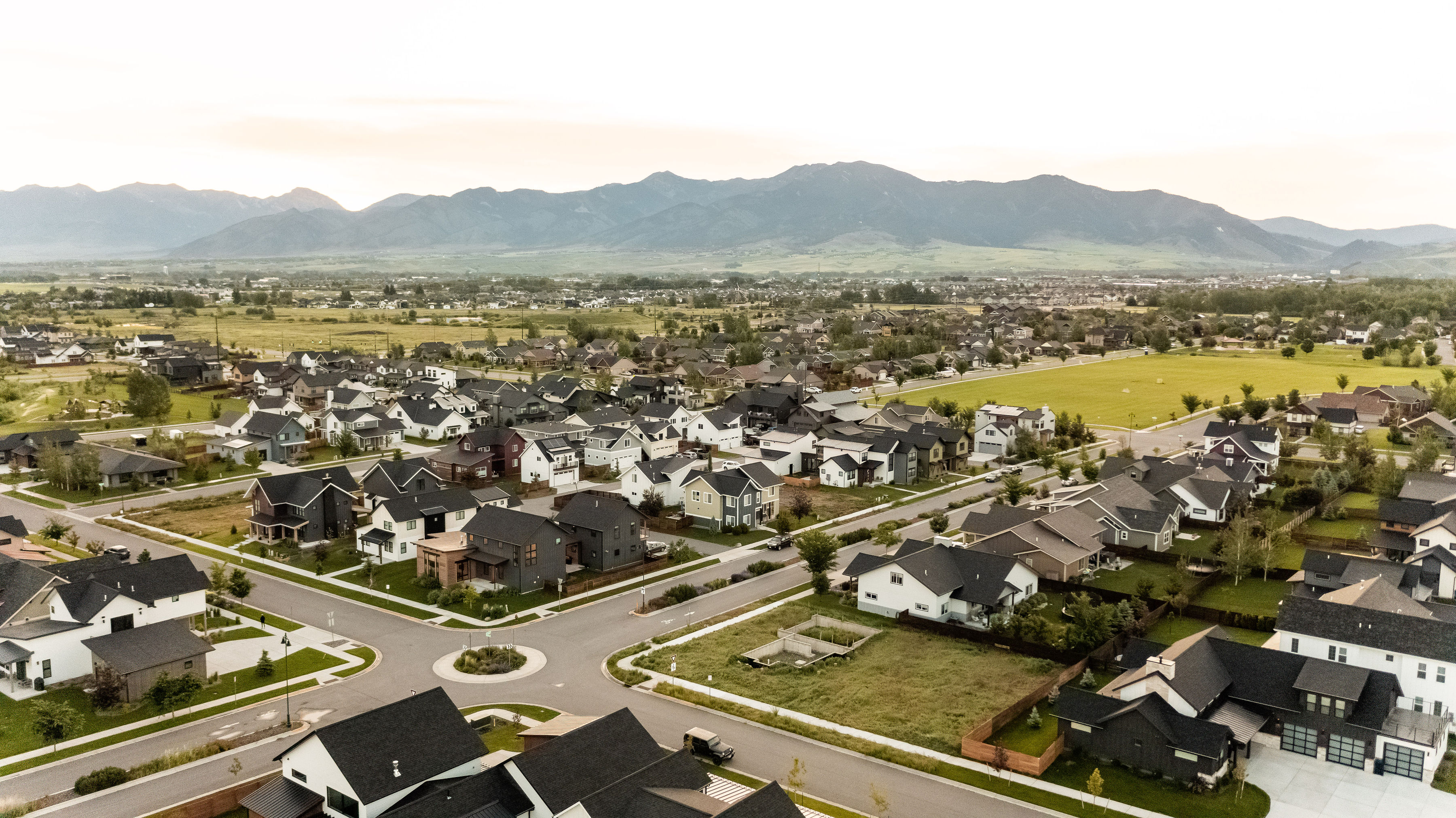why is bozeman real estate so expensive?
Once a quiet mountain valley known for its fly-fishing, ski slopes and college town charm, Bozeman has become one of the most talked about — and expensive — housing markets in the Mountain West. With median homes prices hovering over $700,000 and monthly rents nearing $2,400, many locals are left feeling weary of newcomers and are asking: What happened?
The answer isn't simple, but it is important. Here's a closer look at the factors behind Bozeman's skyrocketing real estate prices and why there's still reason to feel hopeful about what comes next.
a pandemic population surge
When the world shut down in 2020, many people began reimagining how and where they wanted to live. For thousands of remote workers and families from California, Colorado and Washington, the wide-open spaces of Montana, and Bozeman's blend of small-town charm and outdoor adventure, became a dream destination.
Between 2020 and 2023, Montana saw a 5% population increase, with Gallatin County leading the charge. The influx wasn't just seasonal; many people relocated full-time, bringing higher incomes and home-buying power with them. This sudden population growth created intense competition for a limited number of homes.
Supply and demand: a local squeeze
Bozeman has been building, but not quite fast enough. From 2019 to early 2023, the city added about 3,400 new dwelling units. That may sound like a lot — but a 2019 housing assessment predicted Bozeman would need between 5,400 and 6,300 units by 2025 to keep up with growth, leaving a shortage of nearly 3,000 total units.
Meanwhile, new construction faces real hurdles. Land use restriction, high construction costs, and limited infrastructure make it difficult to build affordably and quickly. The result? Low inventory, rising prices, and growing frustration for homebuyers and renters alike.
inflation and construction costs
The national economy hasn't helped Bozeman's housing shortage. General inflation has made everything more expensive — from groceries, to gas, to building materials. Lumber, drywall, skilled labor — it's all costing more. Developers are building less, and when they do, they're often building for higher-end markets to recoup costs.
At the same time, rising interest rates have made it hard for would-be sellers to trade up or down. Many homeowners are holding onto their low-interest mortgages, which further limits inventory and pushes demand into an even tighter corner.
misaligned growth: Vacant Rentals, but no homes
One of the more frustrating aspects of Bozeman's growth is the type of housing being built. While flashy rental complexes rise across town — often owned by out-of-state investors — many are sitting more than partially vacant. These luxury units are often priced too high for local workers and families.
Meanwhile, there's a shortage of what people actually need: attainable, single-family homes with space to grow, live and thrive. The disparity between investment-driven development and community-driven need has created a sense of disconnect and urgency in local conversations about housing.
short-term rentals: Homes or Hotels?
Another piece of the puzzle was the rise of short-term rentals post pandemic. In just a few years, the number of AirBnB and VRBO listings in Bozeman nearly doubled, pulling hundreds of properties off of the long-term rental market. Many of these homes were once affordable options for residents but were transformed into nightly rentals for vacationers and remote workers.
Recognizing the strain on housing availability, Bozeman's city commission passed an ordinance banning most non-owner-occupied short-term rentals in residential areas. The goal is clear: prioritize homes for people who live and work in Bozeman full-time, not just those visiting for a weekend.
A glimpse of hope and a path forward
Despite all of the challenges Gallatin Valley has faced in its unprecedented growth, Bozeman is not without hope — or tools.
The city is actively working on long-term growth plans that include mixed-use zoning, expansion of affordable housing initiatives, incentives for first-time home buyers, and infrastructure investments to support new development. The short-term rental ordinance, though just one step, shows a willingness to put local housing needs first.
Community organizations and housing advocates are also stepping up. Grassroots efforts are pushing for creative solutions like community land trusts, cooperative housing models, and tenant protections. There's a growing understanding that while Bozeman will continue to grow, that growth must be guided by intention, not just investment.
The conversation is shifting. People want a Bozeman that works for families, workers, students, retirees — not just weekend visitors or remote investors. And while the road ahead won't be easy, the roots of this town are strong: connection, care and the belief that we all deserve a beautiful place to call home.
Posted by Rachel Verdone on

Leave A Comment